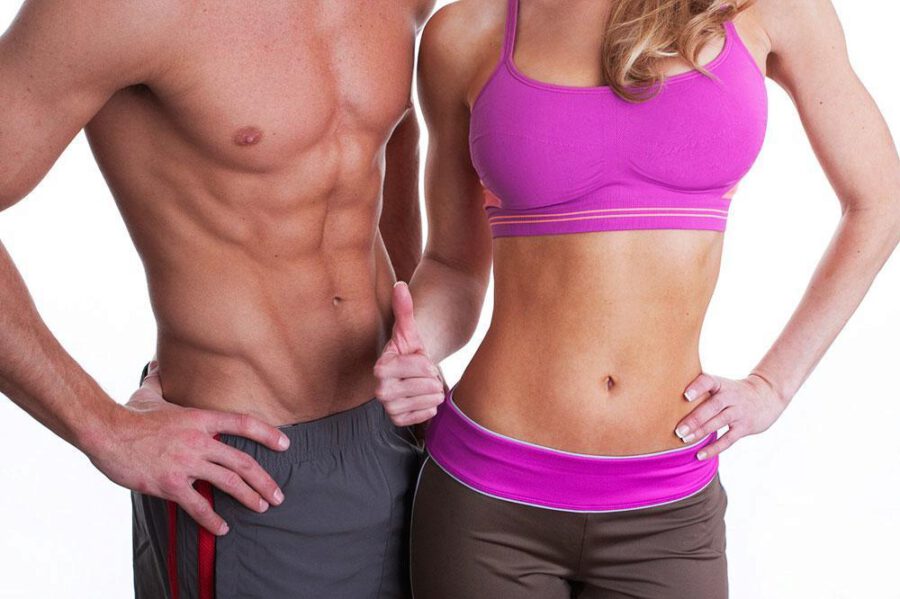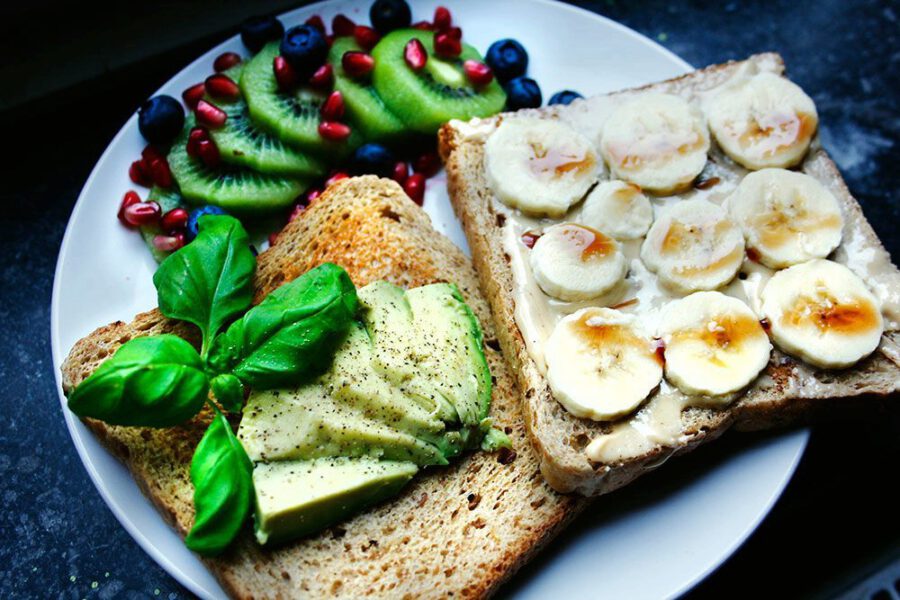Muscle Building: Understanding Insulin Response
If you’re serious about building muscle, you’ve likely focused on training intensity, recovery, and protein intake. But there’s another factor quietly shaping your results: insulin.
In this guide, Muscle Building: Understanding Insulin Response, we’ll break down how insulin affects muscle growth, why bodybuilders pay close attention to it, and how you can optimize your nutrition and workouts to take advantage of this powerful hormone.
The most important things to a bodybuilder are fueling the muscles, gaining bigger muscles, and keeping a low body fat percentage. Insulin is partially responsible for all of those things, and is one of the silent culprits that can slow you down.
Gymaholic will show you how to work with insulin to get the ultimate gains. If you want to learn a little bit more about insulin and fat loss, check out Fat Loss Plateau: Understanding Insulin Sensitivity.
Insulin is a hormone released from the pancreas after you eat, mainly when your blood sugar (glucose) rises, but to a lesser extent it can also be triggered by the consumption of protein and amino acids.
Though the primary goal of insulin is to keep blood sugar at a homeostatic (normal) level, insulin is also responsible for the uptake of amino acids in order to create new proteins. It also stops the breakdown of muscle protein.
Glucose uptake into the muscle is important, because glycogen (storage form of glucose) is mainly used as fuel for the muscles when exercising, and of course, the build up of muscle proteins and preventing muscle breakdown is great! So what’s the problem?
Unfortunately insulin also promotes the uptake and storage of fat, and the conversion of glucose and glycogen (storage form of glucose) into fat! It also prevents the breakdown of those fat and glycogen stores.
So how do we get all the beneficial effects like proper glycogen fueling and muscle building and repair without triggering the negative effects like fat preservation and storage?
Insulin sensitivity is the ‘speed’ of a cell’s response to insulin being released. Sensitivity is usually high (fast) in most people who are very active, therefore a rise in blood sugar or amino acids will immediately trigger insulin, and the effects of insulin will happen a lot quicker. The focus then for muscle builders is less on the spike of insulin itself, since it is more predictable, and more on what macros you’re using to cause the insulin spike, and when you choose to spike insulin levels in order to maximize your desired effects and results.
To get the most out of your diet it should be low in carbohydrates, moderate in fat and high in protein. As discussed in more detail in the fat loss and insulin article, carbohydrates are the main source of glucose in our diet, and therefore the primary trigger for insulin release. Proteins (amino acids) also trigger insulin, but fat does not.
Since protein promotes the release of insulin and does not affect blood sugar and fat does not affect blood sugar or insulin level, they should both be consumed at moderate to high levels.
Complex carbohydrates, or carbohydrates that have a low glycemic index, will raise your blood sugar less, but will extend the time that it is raised. Simple carbs, or carbohydrates that have a high glycemic index, will spike your blood sugar, but for less time.
The healthier your sources of macros, the better. Especially, you would think, when it comes to carbohydrates, because prolonged high blood sugar is bad for your health. --However, there are times when you will want to increase or spike your blood sugar to trigger the release of insulin, which brings us to the timing of your snacks and meals...
When you eat and what you’re eating can greatly affect your progress. There are two times when you will want to really spike your insulin levels in order to fuel yourself properly, set yourself up for fat loss, reduce the risk of muscle breakdown and promote muscle building. Those two time slots are where the majority of your carbohydrate calories should be used.
In the morning right after you wake up, your body has been fasting for several hours and has likely used up quite a bit of it’s glycogen stores. This is one of the times when it is best to eat a larger amount of carbs. Whether they are complex or simple carbs depends on how soon you plan to do a higher amount of activity.
Choose your carbs based on when and if you are planning on working out that day. You want a low level of insulin before your workout, so don’t eat a bunch of complex carbs right before a workout as it will release the glucose into the blood over a longer period of time and therefore take longer for that rise in insulin to die down. If it is a rest day, complex carbs may be better.
If you work out early in the morning, possibly a couple hours after you wake up, simple carbs would be better because they will fill your glycogen stores and the insulin spike will decrease much faster.
The best overall macro combination for a snack or meal would be moderate to high carbohydrates, moderate to high protein and low fat. Since you are triggering a large release of insulin, you want to fuel your glycogen stores and initiate protein building and repair without increasing your fat stores too much in the process.
The same combination works well for right after you workout, when your glycogen stores have likely been depleted and your muscles are sore and torn and in prime shape to be built up and repaired. Make sure you consume a meal or snack in the span of 30 minutes after working out! This window is the ultimate muscle building time zone.
Throughout the day you want to keep that same ratio mentioned earlier: low carbohydrates, moderate fat and high protein. Keeping insulin low during daily activities and through working out will help to burn more fat while active and at rest.
Here’s a workout plan for women that responds well to this type of nutrition:
Here’s a workout plan for men that responds well to this type of nutrition:
We gave you Muscle Building: Understanding Insulin Response. Now you understand that macros and timing of your snacks and meals are very important for those who want to take advantage of the beneficial effects of insulin.
Here’s a recap of what we just learned:
- Insulin is a hormone released from the pancreas after you eat.
- Insulin promotes the absorption of glucose, fat and amino acids, prevents the breakdown of muscle, fat and glycogen storage and initiates protein synthesis.
- The release of insulin is triggered by glucose (carbohydrates) and protein, but not by fat.
- Low carbohydrates, moderate fat and high protein macros are best for during the day.
- Moderate to high carbohydrates and protein and low fat are best for right when you wake up in the morning and right after a workout (30 minutes).
- Judge the type of carbohydrates you should consume based on when you plan to workout.
Frequently Asked Questions
Insulin plays a crucial role in muscle growth by facilitating the uptake of amino acids into muscles, which are essential for protein synthesis and muscle repair. It also helps prevent muscle protein breakdown, making it a key hormone for muscle builders.
Insulin sensitivity determines how effectively your cells respond to insulin. High sensitivity means your body can efficiently use insulin to promote muscle growth while minimizing fat storage. This is particularly beneficial for those looking to gain muscle and maintain a lean physique.
Foods rich in complex carbohydrates, lean proteins, and healthy fats can help optimize insulin response. Balancing these macronutrients can promote effective insulin use, aiding in muscle growth and recovery.
To manage insulin levels and avoid fat gain, focus on consuming balanced meals with low glycemic index foods, engaging in regular physical activity, and maintaining a healthy lifestyle. This approach helps in utilizing insulin effectively for muscle growth without excess fat storage.
Glycogen, stored in muscles, is a primary energy source during workouts. Insulin helps replenish glycogen stores, ensuring muscles have adequate fuel for exercise, which is crucial for muscle growth and endurance.
The Gymaholic App offers features like workout tracking and personalized plans, helping you monitor your nutrition and exercise routine to optimize insulin response for better muscle growth results.
Insulin can promote fat storage, but by improving insulin sensitivity through exercise and diet, you can enhance fat loss. For more insights, check out Fat Loss Plateau: Understanding Insulin Sensitivity.

